Here are a few of the winning products, as selected by the Canadian Federation of Independent Grocers.

blk. Alkaline Mineral Water
blk. is a pure alkaline water that is infused with fulvic trace minerals.This beverage is naturally black with no artificial dyes or colouring. Fulvic acid (also called humic acid) occurs naturally in soil and sediment. Like all plain, unflavoured waters, blk has zero calories, zero sugar and zero caffeine.
My take: Tastes earthy. There are no human requirements for fulvic acid. Might make a good Halloween drink.

goh-goh cereal
goh-goh cereal is made with air-dried milk. The first two ingredients are whole grain rolled oats and goh-goh whole milk powder. After adding water (warm or cold), the cereal is reconstituted. Available in two flavours: Honey, Hemp & Flax; and Raisin & Almond. A servings contains: 270-290 calories, 6-9 g fat, 43-45 g carbohydrates, 8-10 g protein, 3-4 g fibre, 15-20 g sugars and 10-15% DV (Daily Value) for calcium.
My take: Higher in sugars than I’d like, but tastes quite nice and is very filling. A novel idea for those who are camping, travelling or on the “goh”.

Chickpea beverage
Made from organic chick peas, this is the first fortified chickpea beverage in the world. A serving (1 cup) contains: 70 calories, 2.5 g fat, 1 g omega-3 fat (from flaxseed oil), 2 g carbohydrate, 10 g protein, 0 g sugars and 30% DV (Daily Value) for calcium. (Vitamin D content not available.)
My take: Really does tastes like chickpeas. Contains more protein than other plant-based beverages such as almond beverage or rice beverage.
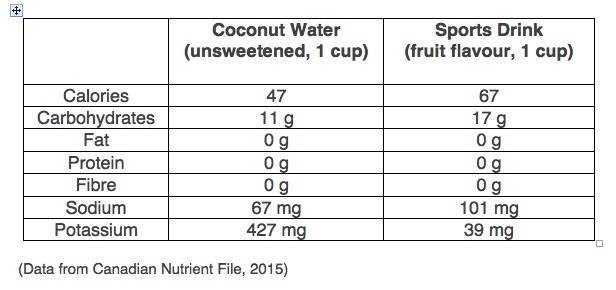
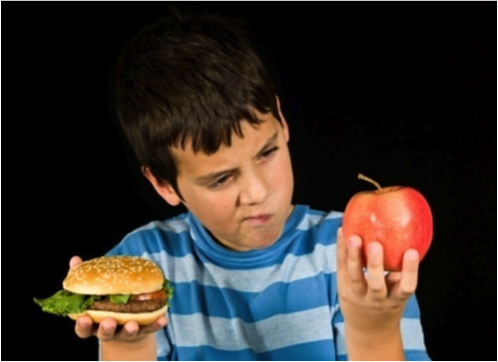
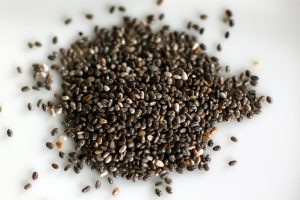
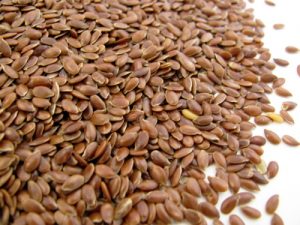
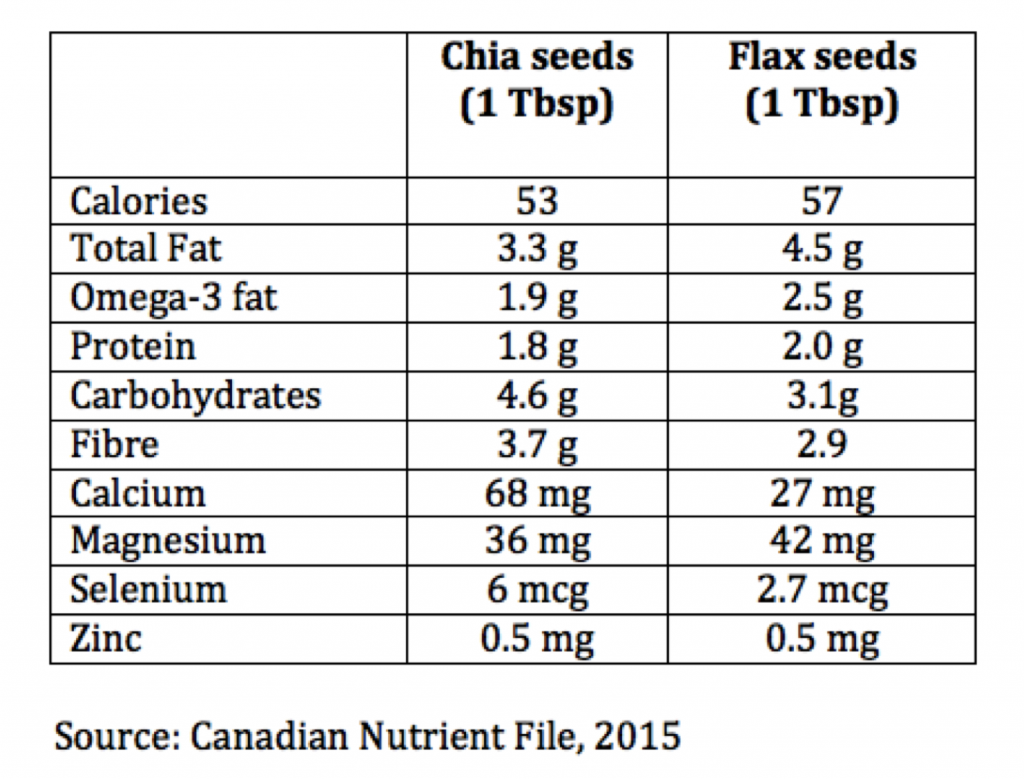
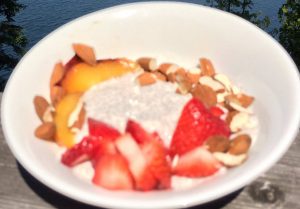 Get this all star easy to follow Chia Seed Pudding recipe we love for breakfast! Make it the night before and boost it with your favourite fruit and nuts. Recipe adapted from The Food Network, courtesy of Giada De Laurentiis.
Get this all star easy to follow Chia Seed Pudding recipe we love for breakfast! Make it the night before and boost it with your favourite fruit and nuts. Recipe adapted from The Food Network, courtesy of Giada De Laurentiis. 
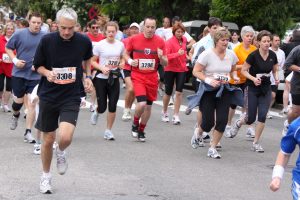

 With the start of summer, ice cream treats are a staple and gelato is becoming more popular. Do you know the difference between ice cream and gelato? Does gelato contain less dairy or have fewer calories than ice cream? Here’s the scoop!
With the start of summer, ice cream treats are a staple and gelato is becoming more popular. Do you know the difference between ice cream and gelato? Does gelato contain less dairy or have fewer calories than ice cream? Here’s the scoop!